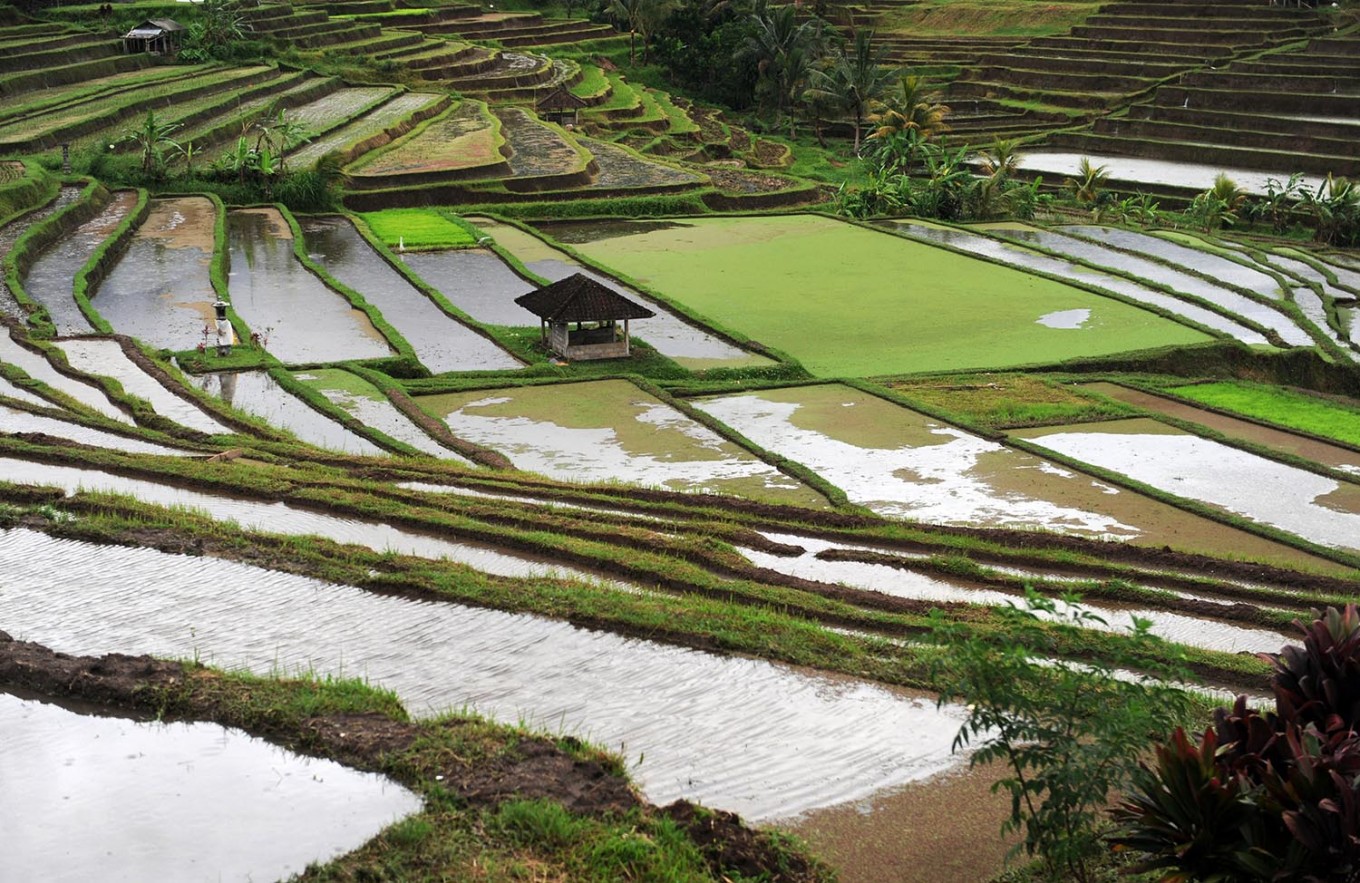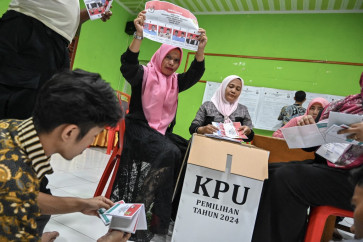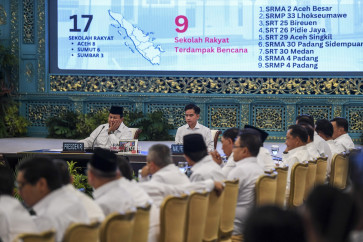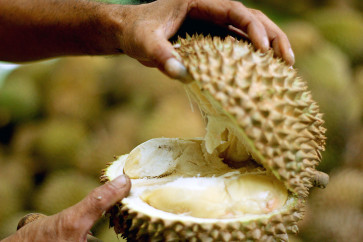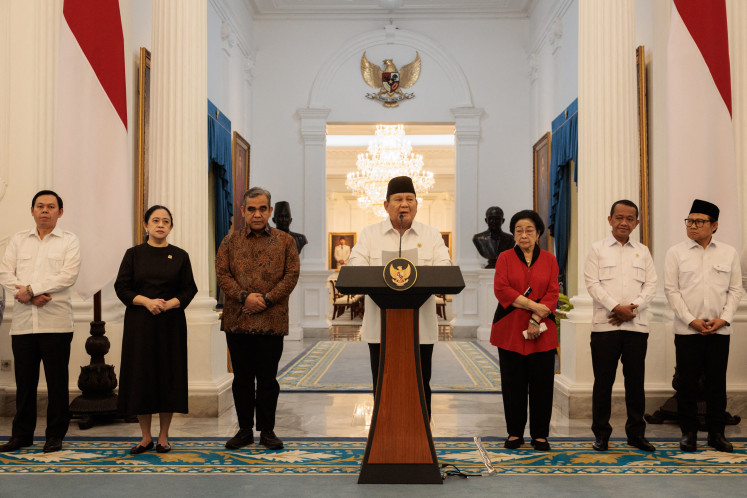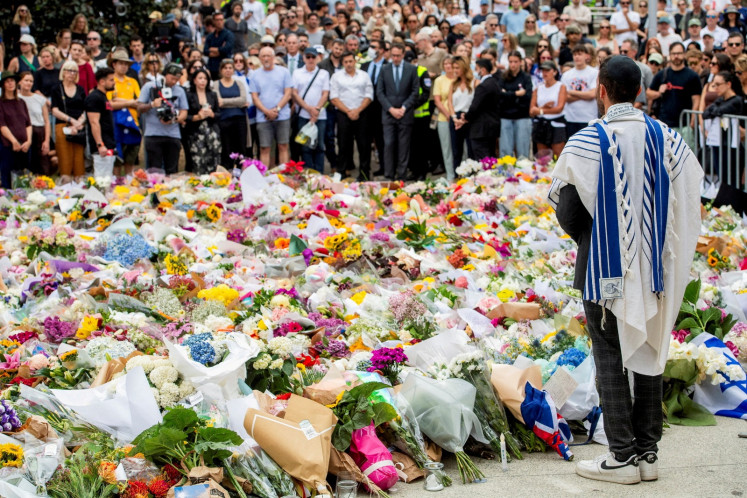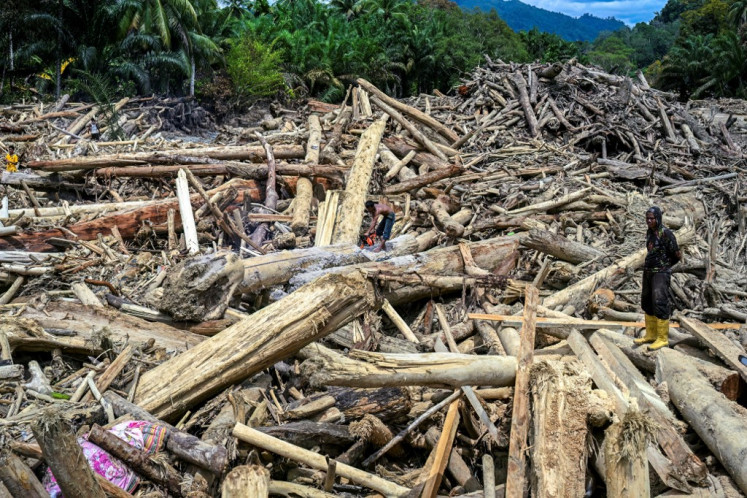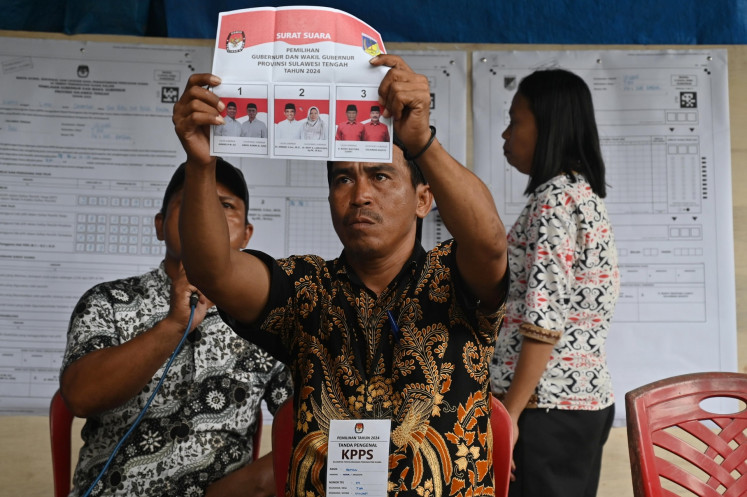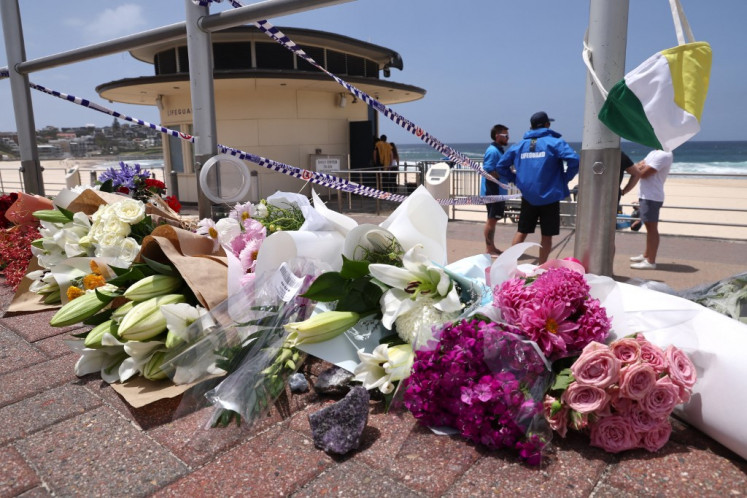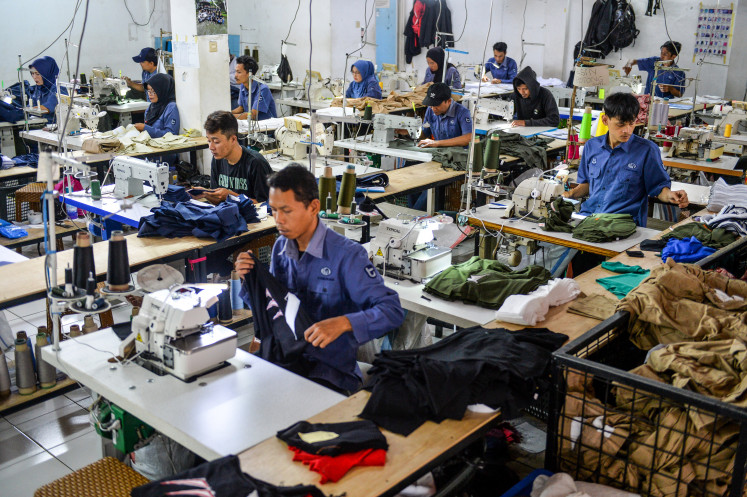Popular Reads
Top Results
Can't find what you're looking for?
View all search resultsPopular Reads
Top Results
Can't find what you're looking for?
View all search resultsHow selfie parks limit tourism damage to destinations
Selfie parks may be controversial but they should at least keep tourists safe, as travelers have even been killed in search of the perfect shot.
Change text size
Gift Premium Articles
to Anyone
I
t’s no secret that social media has changed travel. Holidaymakers increasingly seek to imitate images posted by influencers and their peers on platforms like Instagram and TikTok. In our increasingly digital world, travelers now chase the perfect shot like treasure hunters. That can mean navigating crowds, long lines and sometimes even danger, all for content from the world’s most “Instagrammable” spots.
In a widely viewed TikTok video, influencer Zoe Rae voiced her disappointment after visiting Bali. Apparently, it did not look as it did when she saw it online. Her comments attracted a backlash, with critics arguing she was simply experiencing the reality behind the content she and others have helped to promote.
Research has found that many influencers and social media users participate in an “aesthetic economy”. That is, travel is “performed” for likes, views and brand deals. The result? Holidaymakers seeking out highly photogenic (“Instagrammable”) destinations from which to stage their content.
Sometimes “getting the shot” becomes more important than any meaningful cultural exchange between hosts and guests. The behavior of social media-induced tourists has been found to be more irresponsible than that of other types of travelers.
There were 379 selfie-related deaths between 2008 and 2021, and the quest for the perfect photo can also lead to trespassing and vandalism. Additionally, studies have found that social-media-induced tourists can cause varying levels of damage to the hotspots they visit. This can include environmental erosion, traffic congestion, pollution, increased rubbish and generally making daily life difficult for locals.
But the demand has fueled the development of shadow economies like “selfie museums”. These have begun to emerge around the world: Chicago’s WNDR Museum, London’s Selfie Factory, Selfie House in Prague and Brazil’s Museum Selfie Day in Sao Paulo, to name just a few.
Our new study shines a light on these parks, which are purpose-built, self-contained spaces that give visitors a visually stunning, curated environment in which to create content (most often of themselves). For the price of admission, they get convenient access to lighting, props, professional photographers and backdrops for creating content for social media in “Instagrammable” places.
Selfie parks in Bali offer rice terraces, swings, nests and other “sceneography” associated with its destination image. And there are add-ons like dress rentals, professional photographers who can follow visitors around the park and personalized photo-editing services.
Selfie parks can offer soft control over visitors in the form of guards, guides and security cameras to monitor behavior. And they implement daily safety checks and regularly train staff to ensure guests are supervised as they take photos. This is an important alternative to the sometimes risky behavior of selfie-seekers in viral hotspots.
Of course, the elephant in the room here might be the commodification and inauthenticity that selfie parks represent. Other research has found that locals can be divided about staged photo opportunities, with some seeing them as inauthentic and gimmicky.
There is an awareness that these encounters do not represent the real life of locals. Others, however, consider the money to be made and employment that these opportunities can provide.
Our findings from Bali showed that the selfie parks are extremely successful, with more than 1,500 visitors reported in low season. The offering has been expanded in recent years to add more photo spots, infinity pools and even a day club.
For now, all of Bali’s selfie parks are locally owned and managed. This creates an important source of employment, as well as being a launchpad for entrepreneurship among locals.
The idea of selfie parks may take a bit of getting used to. However, having spaces where people can take photos and videos and create social media content safely, while bringing in revenue and employment for local communities, offers a viable solution. This is especially true of the places that struggle most with the negative impacts of tourists motivated by social media.
Love them or loathe them, selfie parks probably aren’t going away. And they may represent a broader shift in how people travel, share and consume experiences. In destinations facing an influx of selfie-seeking visitors, they might just be a surprisingly practical solution.
Other “viral” destinations should consider establishing dedicated spaces in which tourists can create content. Destinations like the island of Santorini, nicknamed Greece’s “Instagram island” amid extreme overcrowding alongside other harms, could be the type of place to benefit.
If so many of today’s tourists are chasing the perfect picture, maybe it makes sense to give them a place designed exactly for that.
---
The writer is a senior lecturer in tourism and events at University of Greenwich. The article is republished under a Creative Commons license.

